A nanotechnology-based sensor provides fast, inexpensive, ultrasensitive assay of microRNA pattern to detect cancer using DNA immobilized on a synthetic gold nanoprism.
Ultrasensitive microRNA assay with nanosensor to detect cancer
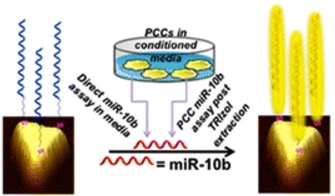

A nanotechnology-based sensor provides fast, inexpensive, ultrasensitive assay of microRNA pattern to detect cancer using DNA immobilized on a synthetic gold nanoprism.
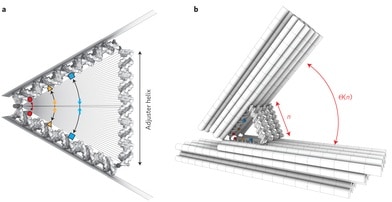
German researchers have used scaffolded DNA origami to adjust the angle of a DNA hinge joint by altering the length of special “adjuster helices”, causing molecules attached to the sides of the hinge to be displaced by as little as 0.04 nm.
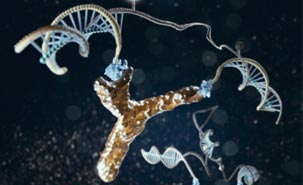
DNA nanotechnology produces an artificial molecular machine that changes shape when it encounters a specific antibody or other protein molecule, and emits light to signal the target’s presence.
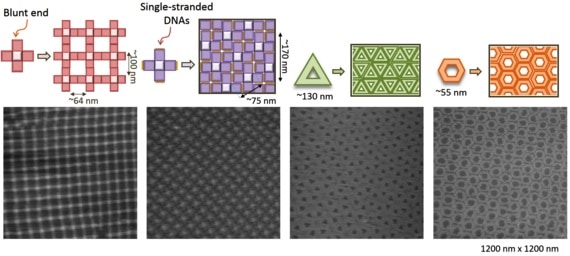
A lipid bilayer supported by a mica surface assisted the mobile self-assembly of DNA nanostructures of various shapes into micrometer-scale 2D lattices.
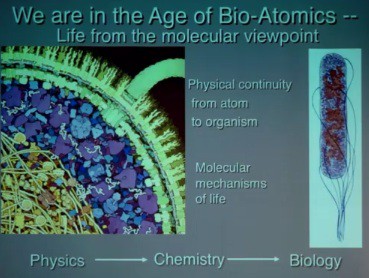
Prof. Art Olson discussed how we understand what we cannot see directly, how we integrate data from different sources, and how to develop software tools to move forward.

Optimized Geek podcast featured Christine Peterson on the future of nanotechnology, human lifespan, artificial intelligence, finding love, and other topics.
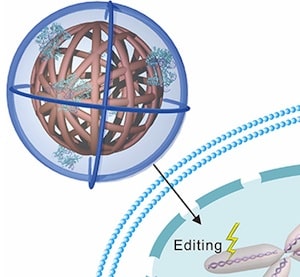
Hijacking a viral method of replicating circular genomes, ball-of-yarn-like DNA clews are used to transport the protein and guide RNA molecules needed for gene editing into the cell nucleus.
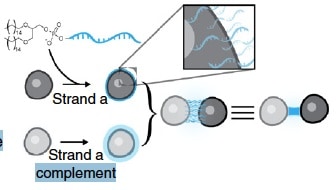
DNA strands decorating cell membranes like ‘Velcro’ program the adhesion of cells to other cells or to extracellular matrices to build tiny tissue models.
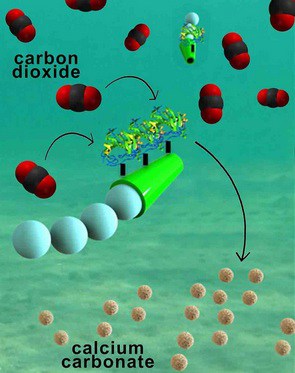
A micromotor covered with the enzyme carbonic anhydrase zips through water rapidly converting dissolved carbon dioxide to the bicarbonate ion, which can then be precipitated as calcium carbonate.

Designing a small DNA origami that can fold in several almost equivalent ways demonstrates how understanding and guiding the folding pathway can improve the efficiency of the folding process, potentially leading in more complex situations to higher yields of the desired nanostructure and fewer misfolded structures.